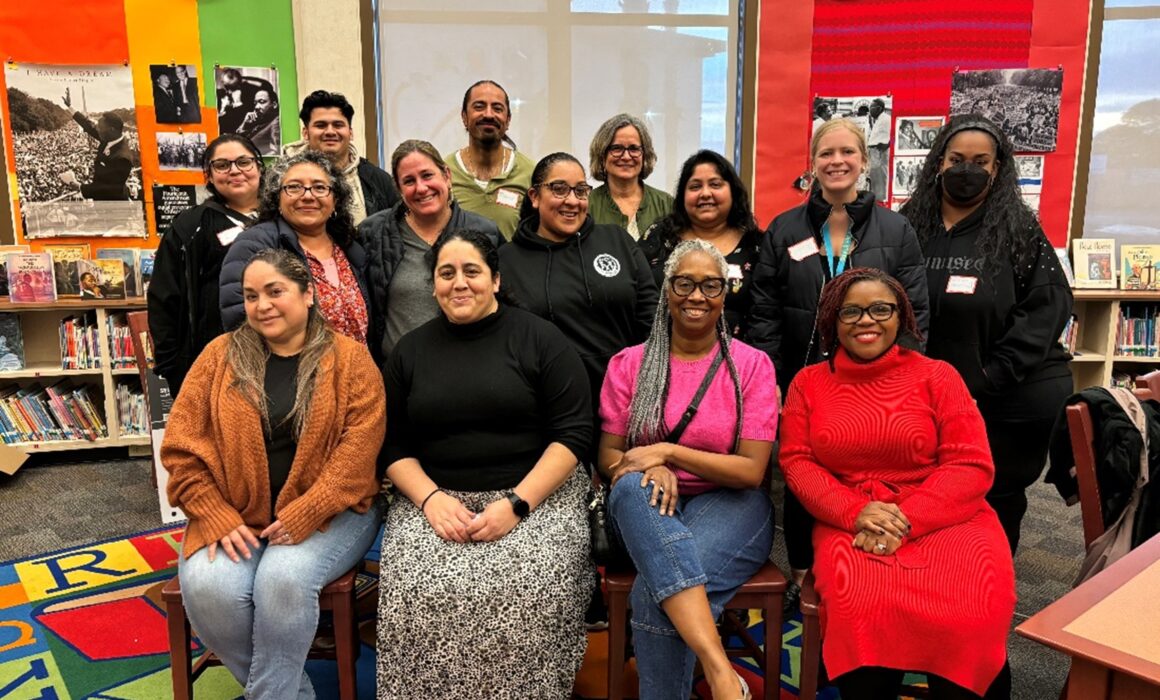
By Gabriella Landeros
In West Contra Costa County, United Teachers of Richmond (UTR) has structures in place to ensure successful community schools, which are a major need for the communities they serve. UTR’s three levels of decision-making for thriving community schools include:
- Systems Change Collaborative – interaction with different cities and systems, which are mostly all mayors or appointed representatives from each city. Chaired by the superintendent and county supervisor.
- Support Collaborative – district–wide steering committee with the decision–making power, which includes representatives from different organizations (for example, non–profits) helping beyond UTR.
- Action Collaborative – where all decisions are happening, and the implementation occurs.
“Community Schools are important in our communities because especially in West Contra Costa there has been a sense of collective understanding that our communities have been disinvested in. I think from the students’ to families and even educators’ perspectives, there is the collective sense that we have been forgotten about or left behind. There are generations of families who have gone through the system and haven’t received an educational experience that has been better than their predecessors. Additionally, our schools, especially Title I schools, are disproportionally impacted by vacancies. Community schools can serve to retain and attract dedicated staff members, specifically teachers. In terms of funding, I think it’s important because there is a lack of resources to support our students and families furthest from opportunities,” said UTR Vice President Francisco Ortiz, who is also the UTR coordinator for community schools.
Since Downer Elementary School became a community school (through the three levels of decision-making), the number of resources available to students and families has dramatically improved. During a Support Collaborative panel with the principal, educators and staff who run the community school, they emphasized parent engagement as key to keeping the school thriving. They have also identified the need to focus on the social-emotional well-being of their students, which is where their Restorative Justice Coordinator comes in to help bridge the gaps.
Their inclusive structure starts with the Action Collaborative team, who prioritize family and community engagement across the board. Through building relationships and understanding the needs of the community, they are working together to become even stronger through a one-stop shop that families can go to for food, medical service, fulfilling their needs, etc.
“From a personal standpoint, my older siblings went through our school district, and they had disempowering school experiences. The support that they needed was unavailable at the school site. Linguistic support was unavailable and mental health support was unavailable. As immigrants escaping war in El Salvador, working with students and families from similar backgrounds and who have uninterrupted schooling and carry various forms of trauma inspire me to do this work and support those students and families,” said Ortiz.
Good, shared governance should be a requirement for successful community schools because as Ortiz said, “Nothing about us or for us, without us.”
The Discussion 0 comments Post a Comment